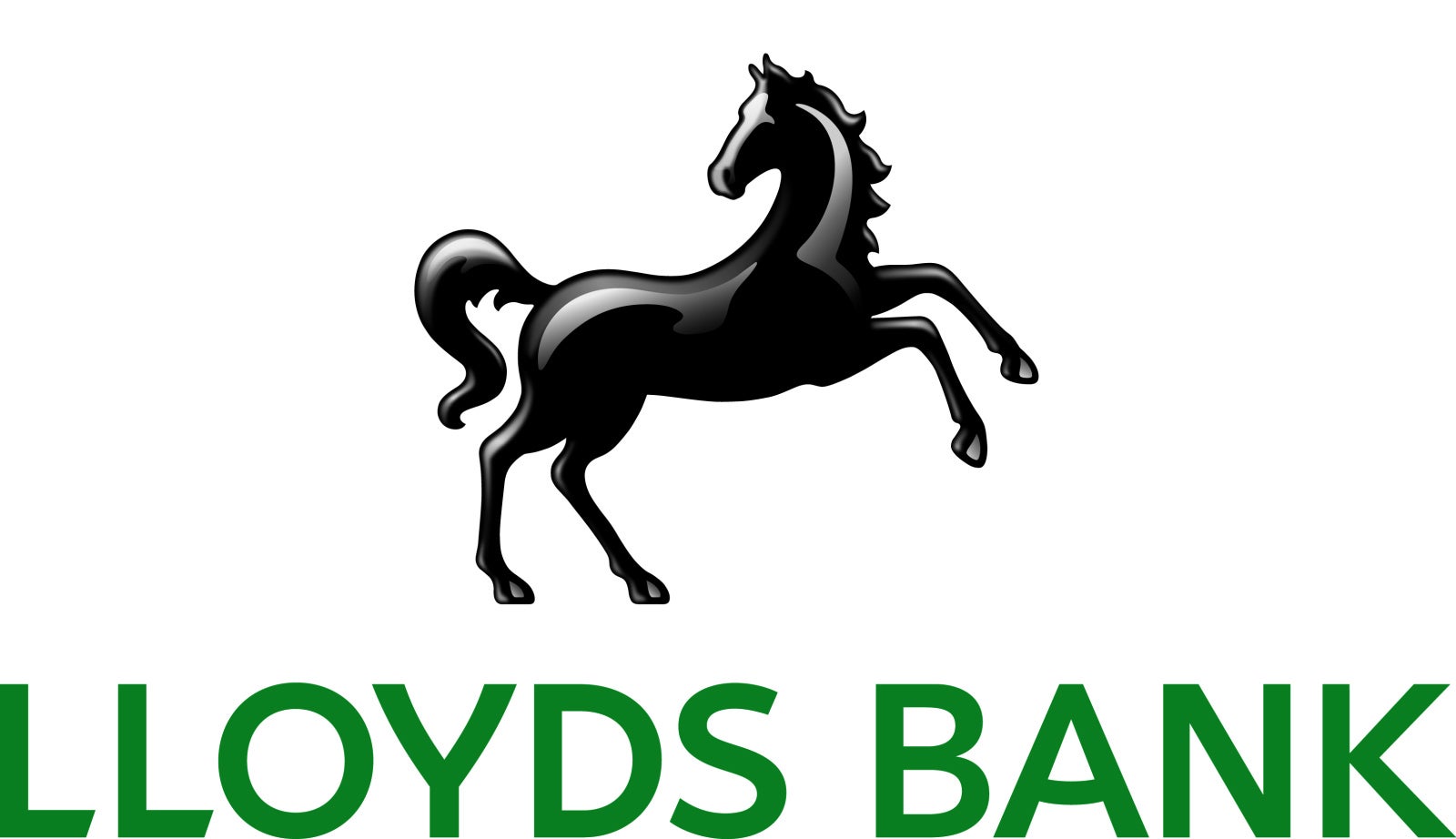
Lloyds Banking Group has reported a rare pre-tax loss of £602m in the first half of the year, after setting aside a bigger than expected £2.4bn to deal with mounting customer default amid the Covid-19 crisis.
This second quarter impairment charge follows a previous one of £1.4bn in the first quarter, leading to a total of £3.8bn for the half year.
While the Group’s statutory loss before tax for the six months ended 30 June 2020 was £602m, its statutory profit after tax was £19m, with both being impacted by significantly increased impairment charges.
Britain’s largest retail bank brought in net income of £7.4bn, 16%lower than in the first half of 2019.
Its total costs were £3.9bn, 4% lower, “with business-as-usual costs down 6%, enabling continued investment in digital projects and enhanced support for customers during the pandemic,” the bank noted.
Trade surplus could absorb impairment impacts
The Group’s trading surplus of £3.5bn, a reduction of 26% compared to the first six months of 2019, provides still significant capacity to absorb impairment impacts of the coronavirus crisis.
How well do you really know your competitors?
Access the most comprehensive Company Profiles on the market, powered by GlobalData. Save hours of research. Gain competitive edge.

Thank you!
Your download email will arrive shortly
Not ready to buy yet? Download a free sample
We are confident about the unique quality of our Company Profiles. However, we want you to make the most beneficial decision for your business, so we offer a free sample that you can download by submitting the below form
By GlobalDataIts net interest margin reduced by 31 basis points (bps) to 2.59%, reflecting the lower rate environment and actions taken to support customers.
In particular, the net interest margin in the second quarter of 2020 saw a reduction of 39 bps to 2.40 per cent, including a 21-bps impact from lower interest rates.
Balance sheet remains strong
In spite of tough times, Lloyds’ balance sheet remains strong. Loans and advances to customers were stable compared to year end at £440bn.
Average interest-earning banking assets were broadly stable year-on-year at £433bn with growth due to government backed lending to support corporate clients.
The company expects total average interest-earning banking assets to remain broadly stable at the level of the first half, through the rest of the year.
Growth in the bank’s SME-lending, primarily driven by government support schemes, was offset by expected reductions in the mortgage book along with reductions in credit cards and other unsecured lending, where customer activity reduced in the second quarter of 2020.
As for corporate and Institutional lending, they remained broadly flat. Customer deposits increased by £29bn from year end to £441bn.
Core market remains below pre-crisis levels
Lloyds expects the net interest margin to remain broadly stable on the second quarter level at around 240 bps for the rest of the year, resulting in a full year margin of about 250 bps.
Although customer activity is now starting to recover, the bank says the impact of economic uncertainty, lower rates, changes in balance sheet mix and fee holidays should continue to impact income for the rest of the year.
While activity in the Group’s core markets has somewhat rebounded, it remains below pre–crisis levels and the economic outlook remains uncertain.
There also continues to be uncertainty relating to the ongoing trade negotiations with the EU, the UK’s largest export market.






